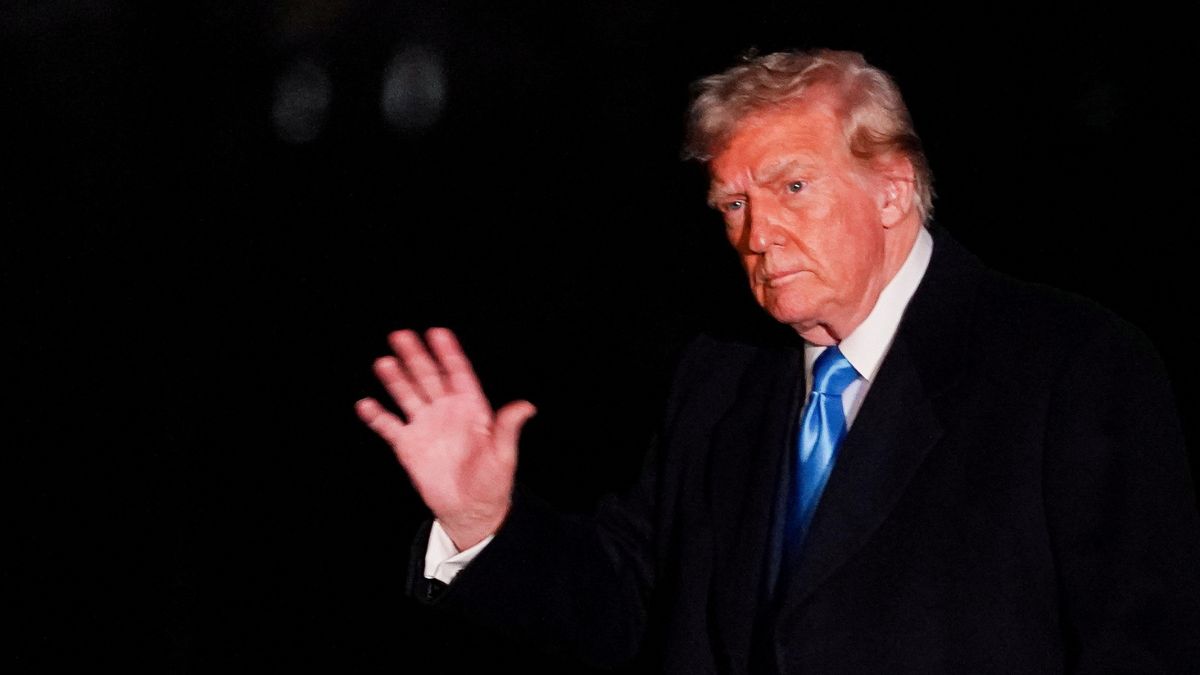President Donald Trump hinted at a new wave of reciprocal tariffs in an all-caps post on Truth Social Thursday, vowing to match the higher rates other nations impose on US imports.
“THREE GREAT WEEKS, PERHAPS THE BEST EVER, BUT TODAY IS THE BIG ONE: RECIPROCAL TARIFFS!!! MAKE AMERICA GREAT AGAIN!!!” Trump posted early Thursday.
Reciprocal tariffs were a key part of Trump’s economic platform to counter what he sees as unfair trade practices by taxing foreign goods at the same rates imposed on American exports.
The move would match the United States’ tariff rates on imports to the levels that other countries impose on US goods.
He is expected to provide further details ahead of his upcoming meeting with Indian Prime Minister Narendra Modi, White House press secretary Karoline Leavitt told reporters Wednesday.
Leavitt reinforced Trump’s stance, calling it “very simple logic.” She argued that other nations have been “ripping off” the US, and the president believes the policy will benefit American workers and strengthen national security.
Analysts have warned that reciprocal duties could bring a broad tariff hike to emerging market economies such as India and Thailand, which tend to have higher effective tariff rates on US goods.
The Republican president’s latest round of market-rattling tariffs has ratcheted up fears of a widening global trade war and threatened to accelerate U.S. inflation.
Among Asian economies, India has a 9.5-percent weighted average effective tariff on US exports, while there is a three-percent rate on India’s exports to the United States.
Impact Shorts
More ShortsThailand has a 6.2-percent rate and China a 7.1-percent rate on US products.
But higher tariffs are also often imposed by poorer countries, who use them as a tool for revenue and protection because they have fewer resources to impose non-tariff barriers such as regulatory protectionism, Cato Institute vice president of general economics Scott Lincicome earlier told AFP.
It remains unclear if Trump views reciprocal tariffs as an alternative to a universal tariff of between 10 and 20 percent, which he floated in the lead-up to last year’s US presidential election, or as a separate policy.
This is a developing story
)